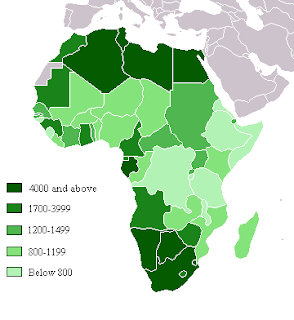
Whereas isobars are lines of atmospheric pressure, isotachs are lines representing equal wind speed. Like isobars, however, the lines rarely cross with each other. The example shown is of the isotachs above the US.
Where example was found: http://www.underthemeso.com/blog/?m=200702













